
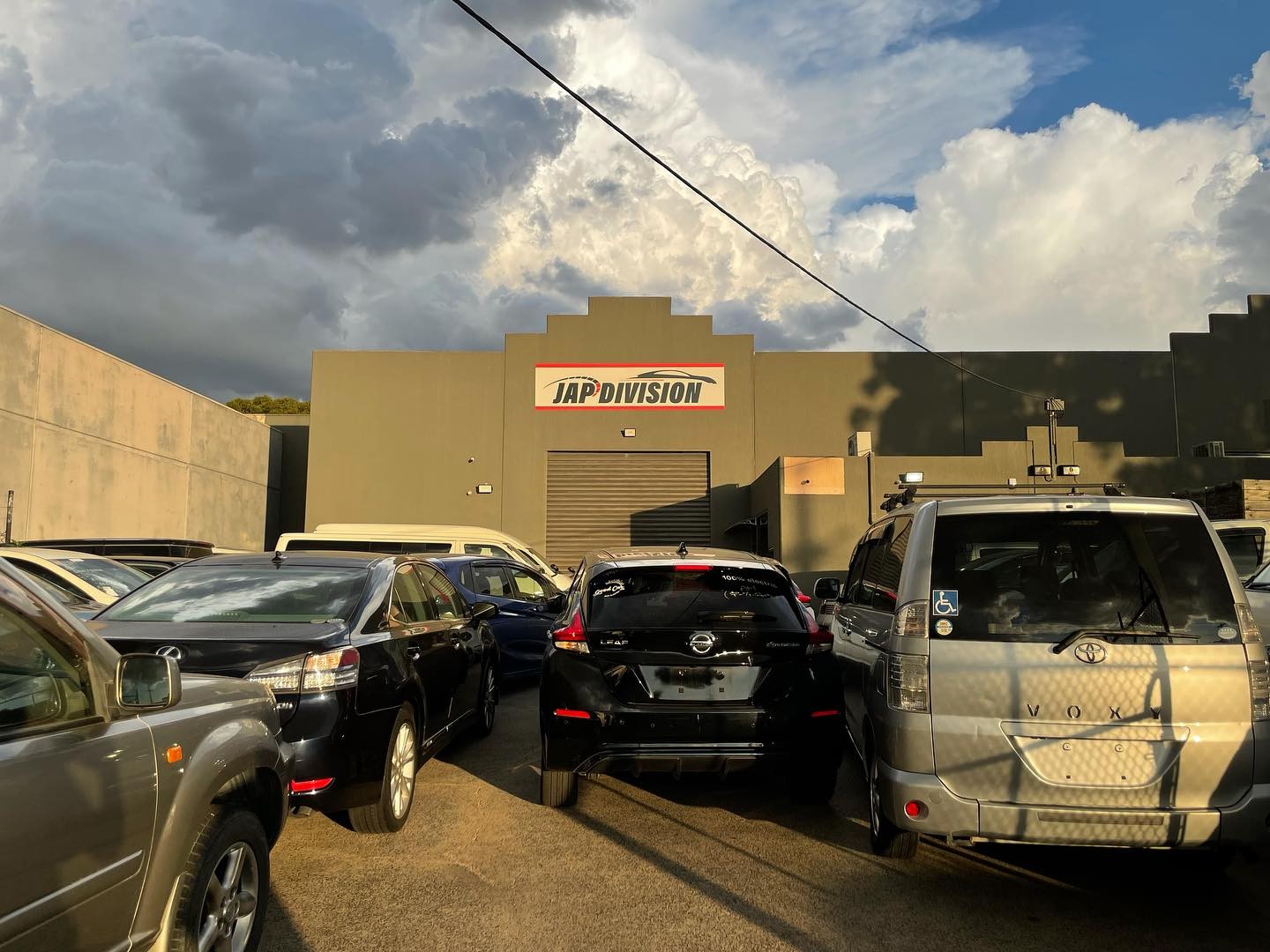
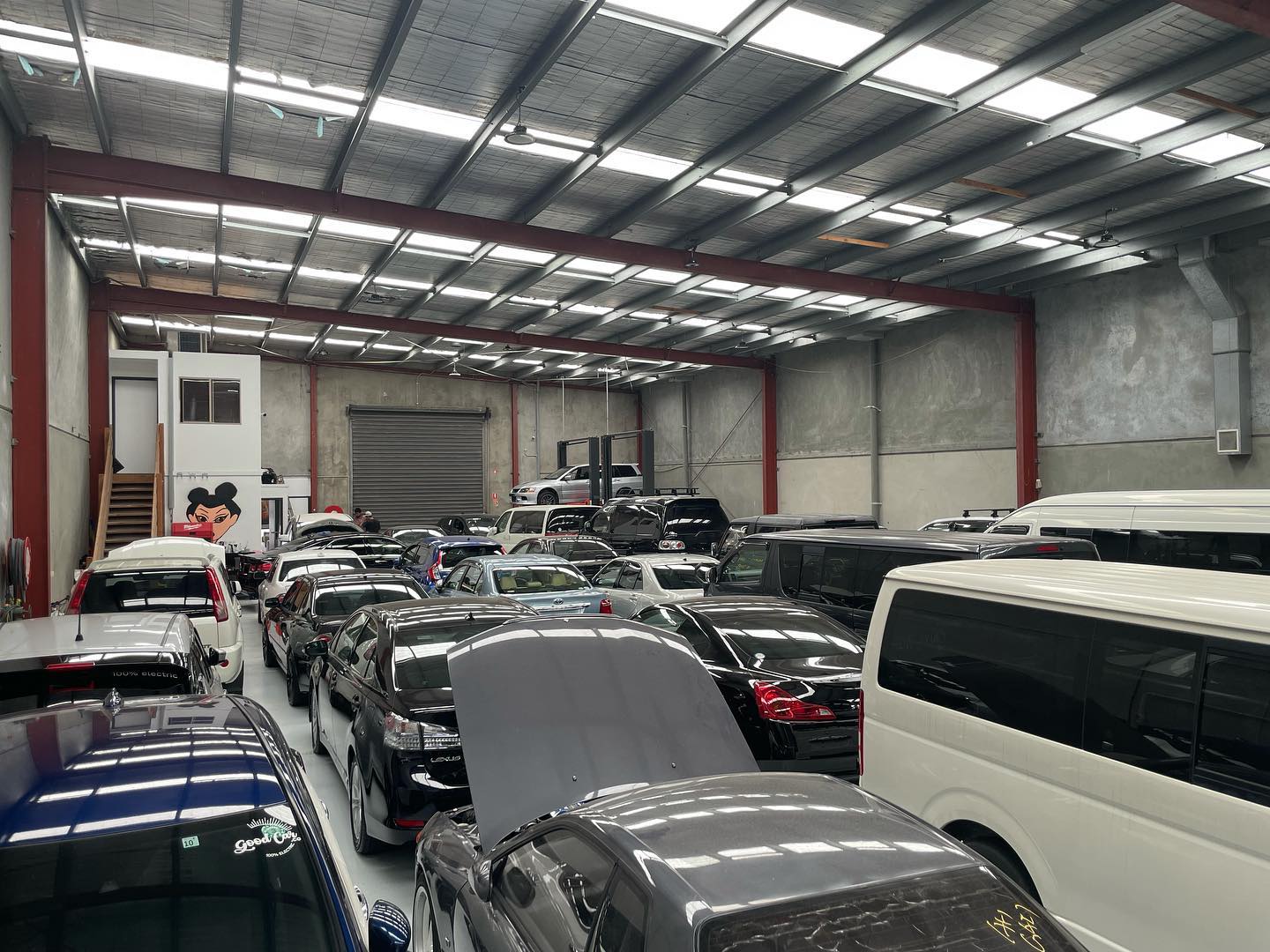

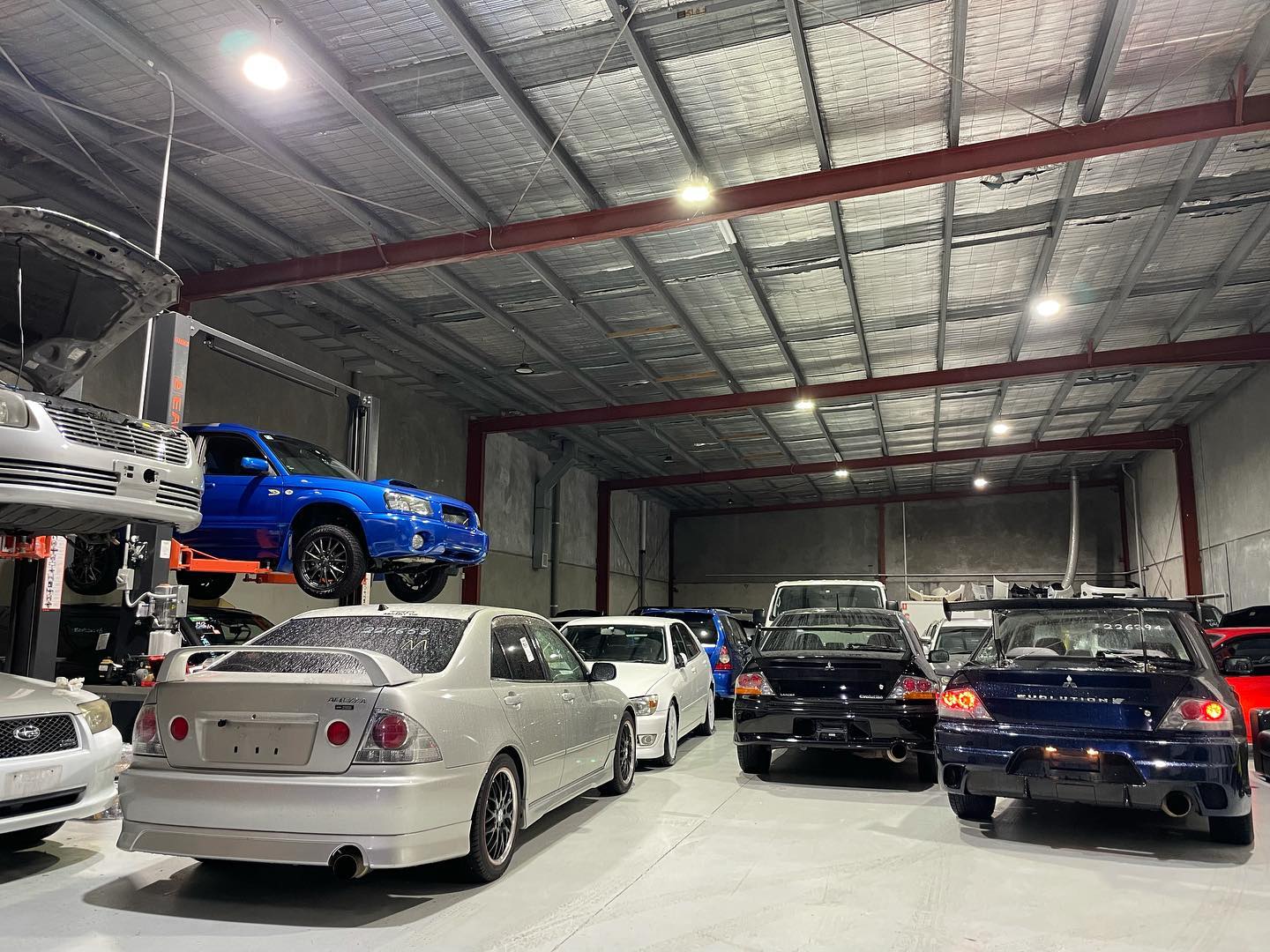
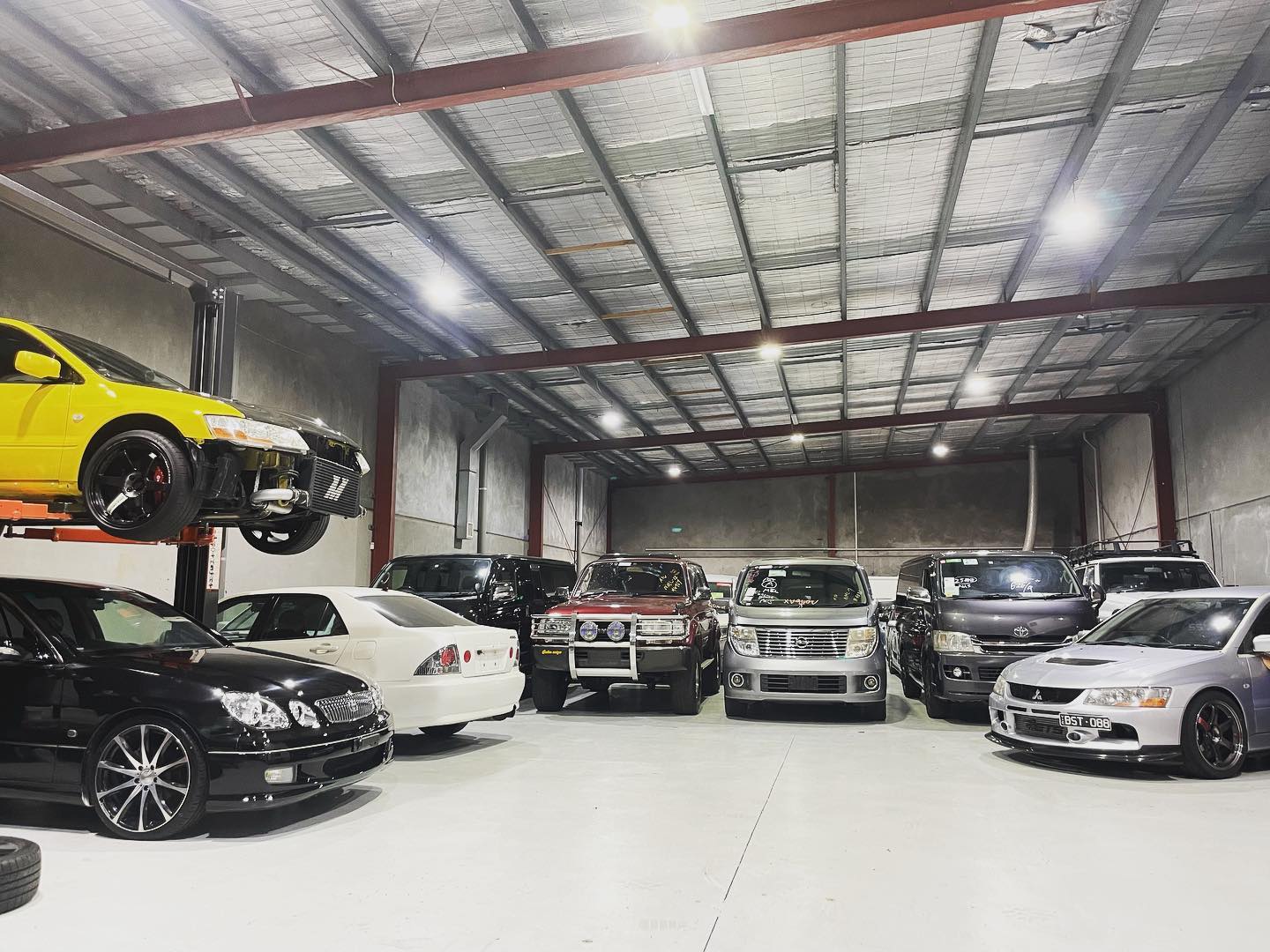
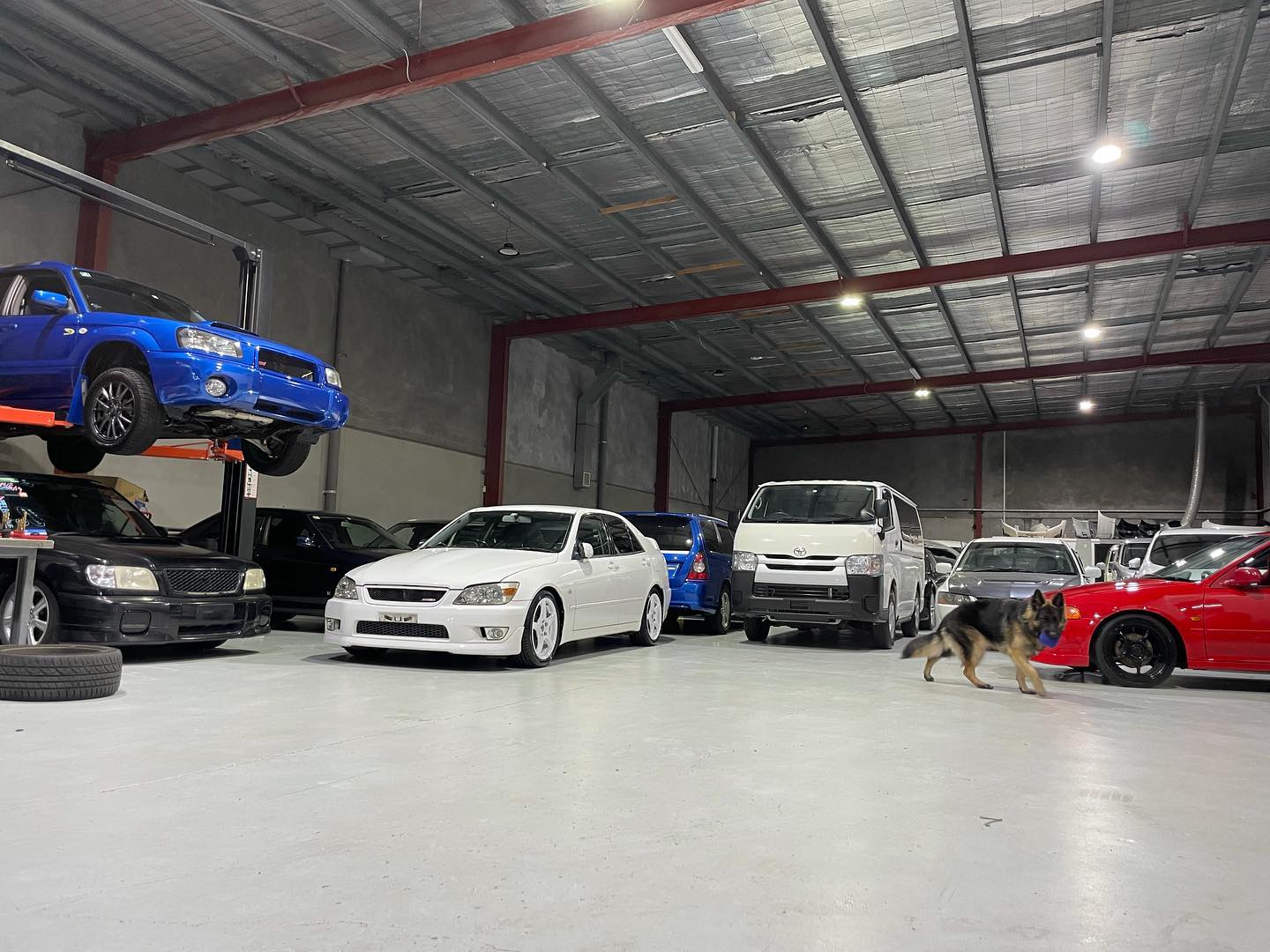
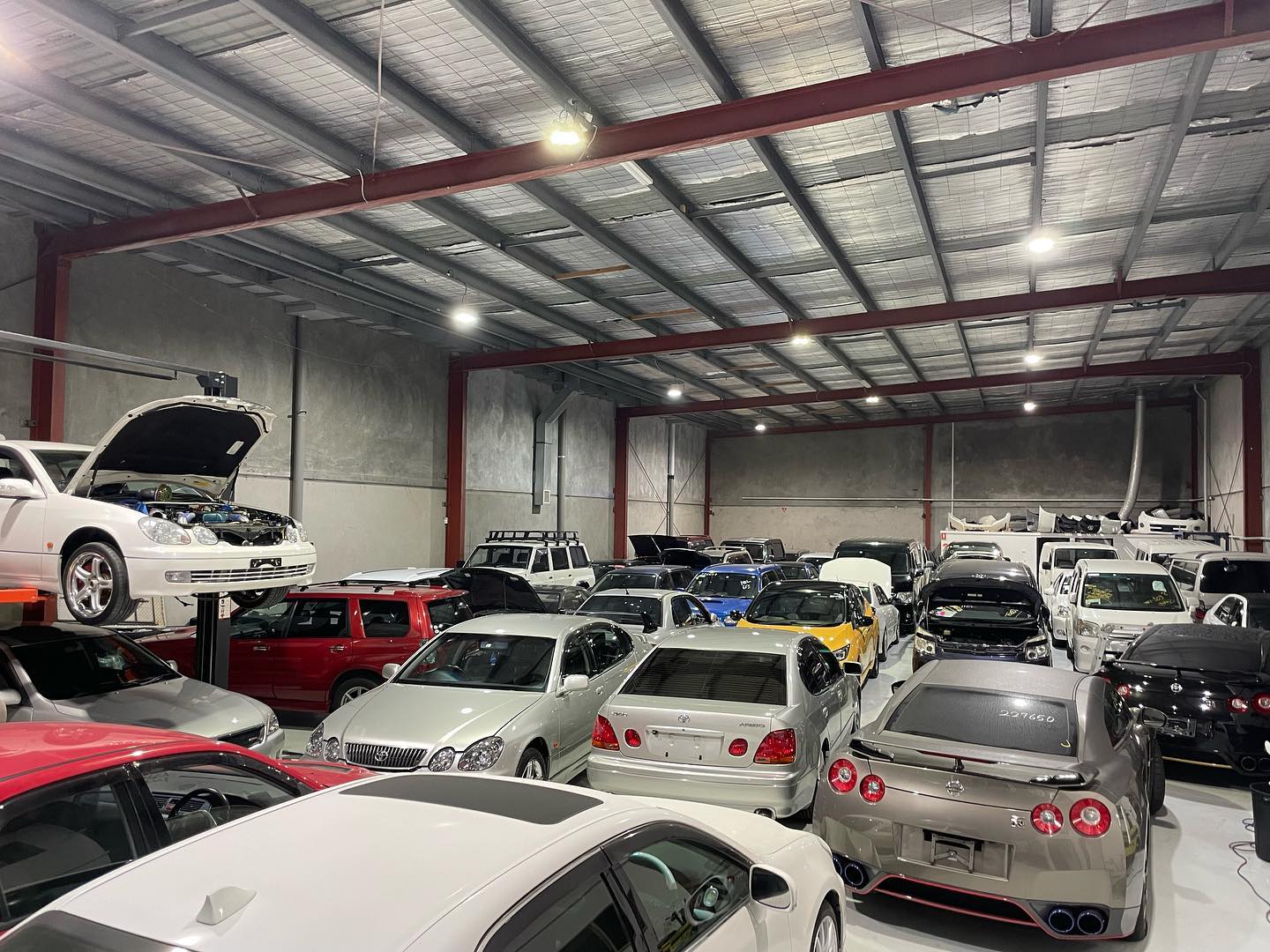






Here’s your chance to book a free 30-minute online consultation so we can take you through the import process and everything you need to know!
Here’s a quick look at a few of Jap Division’s top-selling JDM models which are currently available for purchase.
The specific import laws for Japanese Domestic Market (JDM) vehicles vary depending on the type of vehicle and its age. However, in general, to import a JDM vehicle into Australia, it must meet the following requirements:
The length of time it takes to import a JDM vehicle into Australia depends on several factors, including the type of vehicle, its age, and the specific requirements that need to be met. On average, it can take several months to complete the process, however it can vary.
There are several reasons why there are so many used cars available in the Japanese market:
All these reasons combined make the Japanese used car market a vast and diverse one, and many countries, including Australia, import a significant number of used cars from Japan.
If your JDM vehicle gets damaged during shipping, you should take the following steps:
Contact Info